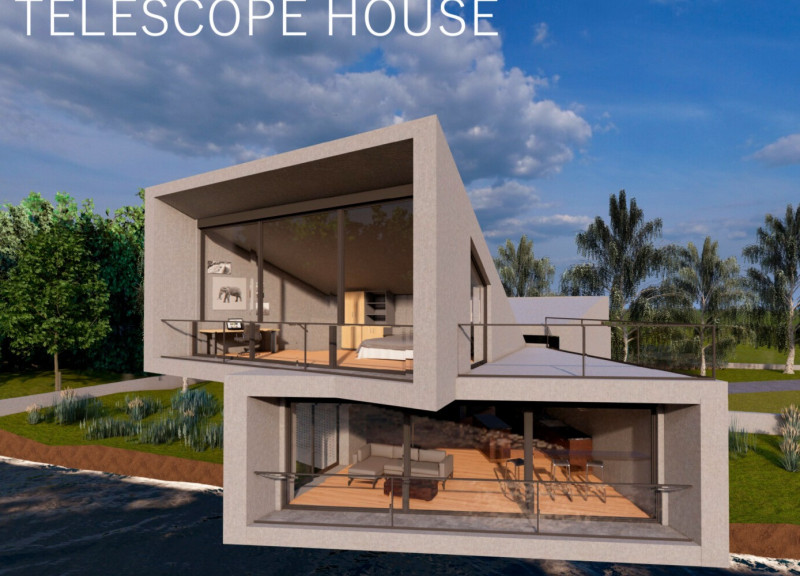5 key facts about this project
At its core, the project represents a new paradigm of residential architecture that prioritizes user experience alongside environmental mindfulness. The primary function of the structure is to serve as a dwelling that fosters interaction among residents while providing privacy and comfort. This duality is achieved through a layout that encourages social gathering without sacrificing individual space. The communal areas are designed to be open and fluid, allowing for flexibility in use, while private zones are distinctly defined through the strategic placement of walls and partitions that respect acoustic and visual privacy.
The architectural design showcases a combination of modern and traditional materials, emphasizing durability and low maintenance. Key materials employed in the construction include reinforced concrete, which forms the structural backbone of the building, and sustainably sourced timber, used for both aesthetic and functional elements. The inclusion of glass in expansive windows allows for natural light to flood the interior spaces, creating an airy ambiance that connects the indoor environment with the outdoor landscape. This consideration for natural light not only enhances the aesthetic appeal but also contributes to energy efficiency.
A notable feature of this architectural project is its roof design, which slopes gently to facilitate rainwater collection, promoting ecological sustainability. This design approach is complemented by green roofs and vertical gardens incorporated into the façade, which not only enhance the building's visual appeal but also contribute to biodiversity and improved air quality. The façade, characterized by a mix of timber cladding and smooth concrete surfaces, balances warmth and strength, a reflection of the local climate and cultural context.
In terms of circulation, the layout of the building demonstrates a keen awareness of flow and accessibility. Thoughtful placement of pathways, stairs, and elevators ensures that all areas of the structure are easily navigable for residents and guests alike. This emphasis on accessibility is aligned with the principles of inclusive design, recognizing the diverse needs of different users.
Unique design approaches are evident in the integration of outdoor spaces, such as terraces and balconies, which extend living areas into the external environment. These spaces not only provide opportunities for relaxation and socialization but also help to strengthen the connection between residents and nature. The landscape design surrounding the building complements the architecture, featuring native plant species that require minimal irrigation and maintenance, further reflecting the project’s commitment to sustainability.
Throughout the architectural design, there is a consistent emphasis on creating spaces that feel both expansive and intimate. The use of varying ceiling heights, combined with open floor plans, encourages a sense of freedom while maintaining a cozy atmosphere in private areas. The interior design choices, which prioritize natural materials and a neutral color palette, reinforce this harmonization with the environment, ensuring that the dwelling remains both stylish and timeless.
This architectural project stands as an exemplar of modern residential design, encapsulating the needs of contemporary living while remaining deeply connected to its environmental and cultural context. Each choice made in the design process speaks to a larger vision of responsible architecture that values sustainability, community, and comfort. To delve deeper into the details of this project, including architectural plans, sections, and various design elements, readers are encouraged to explore the full presentation of the project for a comprehensive understanding of its innovative approaches and architectural ideas.























